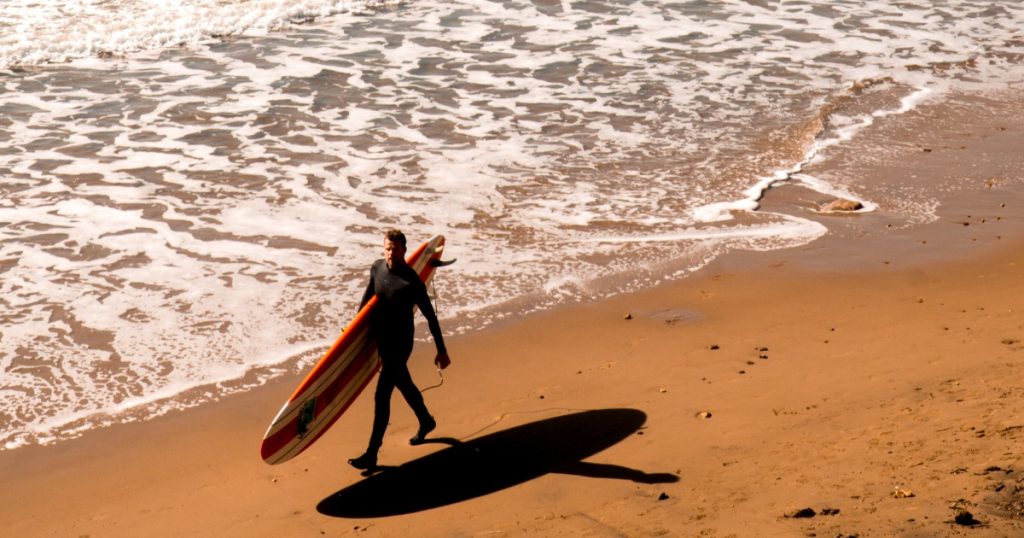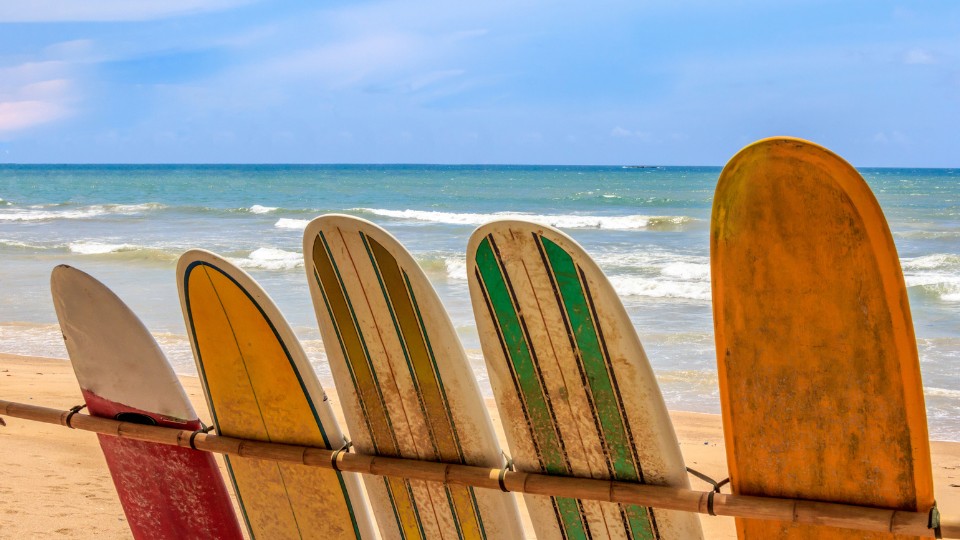Surfing on the Isle of Wight
Whether you’re catching your first wave or chasing the perfect set, the Isle of Wight is a brilliant place to surf.
With wide sandy beaches, dramatic cliffs and year-round swell, it’s a spot that welcomes beginners and seasoned surfers alike. Read on to find the best beaches, when to visit, where to hire gear and everything else you need to hit the waves on the Island.






